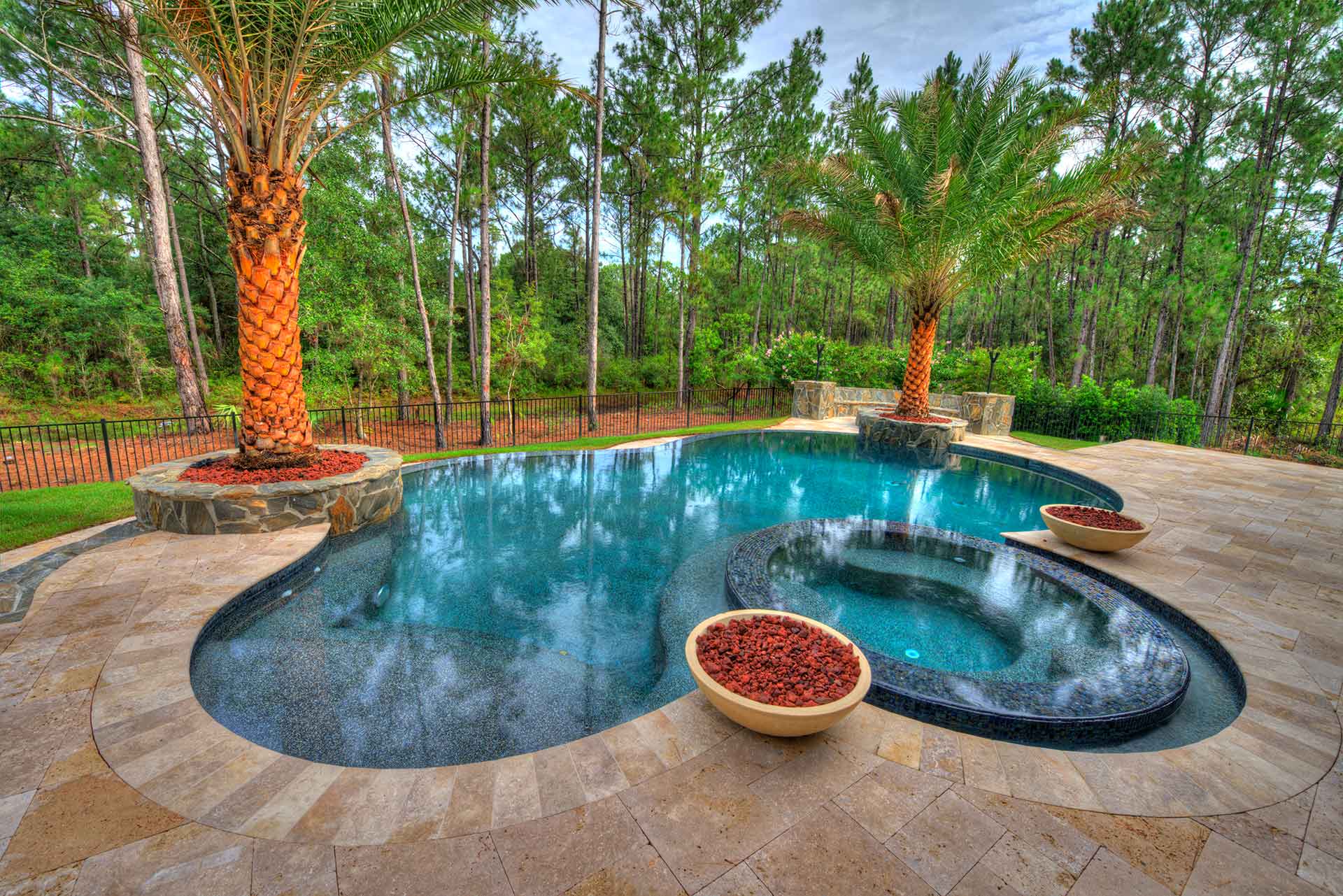An Overview of Swimming Pool Construction
Before building your swimming pool, you must first understand how they are constructed. Swimming pools are built in a number of steps. You can learn about Solar heating, Steel cages, Plumbing, and surface finishes. In addition to building a swimming pool, you must consider the type of lining you would like. The lining of your swimming pool will determine whether it will need to be re-lined or not.

Solar heating
In swimming pool construction st. louis county mo, you can install solar heating in the water with an automatic motorized valve. The water is pumped through the solar collector, where the heat from the sun is captured and then pumped back into the pool. Typically, in-ground swimming pools use unglazed collectors, which are made of industrial-grade rubber or plastic. Glazed panels are best used in colder climates, as they only work in temperatures below freezing. Alternatives to unglazed collectors include thermodynamic panels, evacuated tube solar thermal systems, and flat plate solar thermal systems.
Steel cage
A steel cage in swimming pool construction is an integral part of the pool structure. This cage is made of steel bars, also known as rebar, and is tied together to create a web of strength. Steel is also used to support plumbing, such as steps, ledges, and swim outs. The steel is elevated with plastic saddles and tied off according to the engineer’s plan. This steel cage is the main structural support for the pool but is also vulnerable to sharp edges.
Plumbing
When building a swimming pool, plumbing is a key element. Plumbing lines are underground pipes that connect the swimming pool to its filter equipment. Suction lines connect to the pump, and water and return lines take water from the filter back to the inlets in the pool walls. Other plumbing lines may be necessary for step jets, fountains, and water features. Plumbing is generally finished halfway through the construction process. Therefore, plumbing is an important part of the swimming pool construction process and should be carefully planned.
Surface finish
Tile-based finishes are popular for swimming pools. The tile can be made of stone, ceramic, or glass. The most durable of all surfaces, glass tile is impervious to moisture and can retain its appearance indefinitely. Glass tile is also the easiest finish to clean. It can be applied to the waterline and floor of a pool. However, installing tiles on a swimming pool is more expensive than other finishes.
Covered pools
Before starting the construction process, a homeowner should check the building regulations in their area. For example, not all neighborhoods allow pools, and you may need an electrical permit. Many electricians handle inground wiring, and they can apply for this permit on your behalf. In addition, some areas may require that you remove certain outdoor features before installing a pool. It is another reason to consult a licensed architect before beginning the project.
Roof
The roof of a swimming pool is typically a large structure, so the construction process isn’t much different from that of an in-ground pool. However, roof pools require another type of structural system. In most high-rise buildings, swimming pools are prefabricated with concrete shells, slabs, and walls. In earthquake zones, additional structural design is required. In these situations, the swimming pool’s roof must be made of lightweight, durable materials.
Ventilation system
When constructing a swimming pool, it’s important to consider the ventilation system. In a cold climate, the air in a swimming pool is often cold, requiring large amounts of energy to warm it. Fortunately, there are ways to combat this issue by installing an air heat exchanger unit or heat recovery ventilation. The latter process uses a counter-flow heat exchanger to recover heat from exhaust air and return it to the fresh air.
